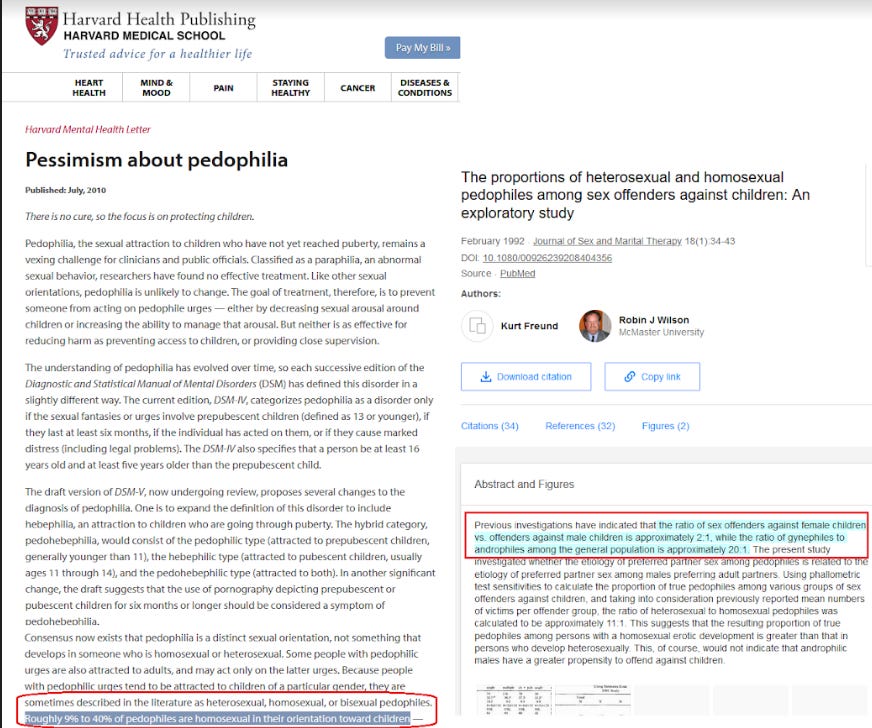What is 'Jamming’?
The Tactics of Normalizing the Abnormal
By The Heartland Beat
This article was republished from it’s original source and can be found here
To say the conservative party today is not what it used to be would be considered an understatement to many. Too often we find ourselves holding our nose as we make our mark next to a candidate’s name at the ballot because the alternative would be far worse. We find ourselves making compromises where we previously wouldn’t and often in moving our own goalposts to achieve larger victories, we can easily look back and see that the party we previously supported is possibly unrecognizable from where we started. How these things happen is part of a complex strategy dating back some decades and understanding what these tactics are that inevitably change our perceptions into accepting the unacceptable is paramount if we ever hope to course correct.
As we move into the full gamut of the election cycle, it is to be expected that a multitude of psychological tactics are going to be used to help propel one argument, position or candidate to win out over the other. Among the myriad of tactics that have been used over the years, few have been as successful as that of ‘Jamming’ or ‘conversion'.’
In 1990, authors Marshall Kirk and Hunter Madsen, published their joint treatise on cultural augmentation titled ‘After The Ball: How America Will Conquer Its Fear and Hatred of Gays in the 90s.’ The text offered readers a glimpse into a future we have seemingly stepped into. Acceptance of LGBTQ lifestyles has been steadily on the rise and each new generation seems more accepting and accommodating of this than the last. The aforementioned 90’s text offers background information into how that perception came to be, and it was not without significant efforts. While these tactics have been used in the LGBTQ community, it is by no means unique to that movement.
Of the myriad of tactics described in the text, few have been as prolific as the action of ‘conversion.’ While many of the tactics outlined utilize knowledge of psychology to manipulate their targets, conversion is unique as it utilizes positive association to skew the perception of reality for their targets.
“In Conversion, the bigot, who holds a very negative stereotypic picture, is repeatedly exposed to literal picture/label pairs, in magazines, and on billboards and TV, of gay sex explicitly labeled as such!—who not only don't look like his picture of a homosexual, but are carefully selected to look either like the bigot and his friends, or like any one of his other stereotypes of all-right guys—the kind of people he already likes and admires,” The book said.
Examples of this tactic are quite literally everywhere today, but were most pervasive during the early 2000’s. Films like Brokeback Mountain, television shows like Will and Grace and others did impressive legwork in normalizing the image of the western homosexual, portraying the dynamic as nothing short of innocuous and normal.

The reason for this tactic is the necessity in curbing association from what many experience in their day-to-day lives. Contrary to their depictions in current day media, investigative studies conducted at the height of the gay bathhouse culture that emerged in the 1970’s, just prior to the rise of HIV, found that the average homosexual man had anywhere from 500-1000 sexual partners over the course of their lives. This is in direct opposition to the monogamous gay couple you may find in modern entertainment. Even more modern studies which have attempted to temper the averages show that homosexual individuals have a partner rate 6 times larger than their heterosexual counterparts. These factors became increasingly important during the rise of sexually transmitted illnesses such as HIV in the 80s, as well as the recent spread of Monkey Pox.

During this time, there was also a perception of homosexuals a ‘deviants’ or ‘predatory’. This came from the perception of the lifestyle as a choice to pursue hedonism as well as the lifestyles obsession with perceptions of youth and it’s fixation on the young and underage. According to Kirk and Madsen themselves, the lifestyle has more to do with past experience and choice than is ever acknowledge even by the modern medical establishment.
“We argue that, for all practical purposes, gays should be considered to have been born gay–even though sexual orientation, for most humans, seems to be the product of a complex interaction between innate predispositions and environmental factors during childhood and early adolescence,” they write. “To suggest in public that homosexuality might be chosen is to open the can of worms labeled ‘moral choices and sin’ and give the religious intransigents a stick to beat us with. Straights must be taught that it is as natural for some persons to be homosexual as it is for others to be heterosexual: wickedness and seduction have nothing to do with it.”
According to studies on the matter, Kirk and Madsen were more forthcoming that some readers may have realized.
A study published in the NIH indicated that those identifying as homosexual have a disproportionate rate of childhood abuse and trauma, including mental and sexual abuse. Separate studies have revealed more troubling tendencies related to their preferences.

Studies from both the Harvard Medical School and the NIH illustrate that homosexuals play a disproportionate part in pedophiles among sex offenders and nearly half of those who identified in the Harvard study as having pedophilic preferences were homosexual.
The tactic of conversion is especially effective on younger minds as they may be thrust into situations that we would perceive as abnormal, but are quickly normalized through our own acceptance and behavior of them.

However, as companies like Disney and others are learning now, the conversion tactic is not very effective on the older generations. For those subgroups, Kirk and Madsen outlined a separate and cooperative practice which is equally effective.
Around page 150 of the text, the authors offer the blueprint for how society came to the level of acceptance it has embraced today by first outlining the tactic of ‘jamming.’ According to Kirk and Madsen, Jamming is the process of using associative conditioning against your enemies.
“When two things are repeatedly juxtaposed, one's feelings about one thing are transferred to the other) and Direct Emotional Modeling (the inborn tendency of human beings to feel what they perceive others to be feeling).”
Examples of this tactic may be referring to people in opposition to your worldview as toxic, nazis or some other negative subgroup or classification, often using images or memes to back this up.

In this way, the jammer successfully manipulates your cognitive association of one position a conservative might agree with, i.e. “homosexual couples should not be allowed to adopt children or get married”, with imagery of a fascist regime or perceived brutal and violent government to subliminally make you associate those positions together. Tactics like jamming have been successfully used over the years to slowly move the needle further into the realm of political opponents by stretching one’s personal opinion into outside the Overton window, and thus no longer able to be discussed in regular discourse. One who simply supports a position of reserving funds generated by American taxpayers for American’s only can easily be juxtaposed with a swastika and the mind does the rest of the work. The consequences of this work are far reaching, as it desensitizes us to potential behavioral risks we might have otherwise identified.


The importance of understanding these tactics cannot be understated. Once you realize how they are being done, they become noticed in nearly every piece of media consumed and it becomes obvious these tactics are not just used to push agendas benefiting one side or one subgroup. Manipulation of the voter and citizen is key to achieving larger goals. One might consider how often we are exposed to narratives within modern media which forces us to see what we might have discredited as abnormal, now as anything but. It should come as no surprise modern entertainment has made it a point lately to show the criminal as the victim and the hero as victimizing to his opponents. White males are rarely allowed to be shown as moral protagonists and prized subgroups are shown as infallible and consistently virtuous. Everything from food advertisements to radio programming is being carefully constructed to put a message into your subconscious.

It is to this end that conservatives approaching the upcoming election cycles take pause and stock of their principles and virtues. Ask themselves why they hold the beliefs that they do and what tethers them to a grounded perception of reality. Do you believe something to be true because you have experienced it or conducted research into the topic or because the general public at large portrays it as such?
One of the key factors of the not-long-ago declassified Operation Mockingbird was that the human mind is not keen enough to differentiate it’s own decision making process from artificial memories implanted by media. The old adage of ‘if a lie is said enough times it becomes true’ is more accurate when understanding this. Movies we watch, television shows we consume all portray certain virtues which our subconscious absorbs in ways we don’t fully recognize. Though you can consciously know that you are not the character on the screen, your subconscious doesn’t, and when your mind considers thoughts and actions in how to respond to certain stimuli, those past experiences inevitably bubble up in the mental rolodex of possible responses you may have had in the past to decide on what was successful and what wasn’t. Your opponents know this, even if you do not.
So this election cycle, it behooves us not to fall victim to the quickly becoming classic thinking of “I am not a bigot but…” or “ok…but only if it is done LEGALLY!” or worse, avoiding topics of conversation all together for fear of how one might be perceived. Those preprogramed responses have been carefully conditioned and the root of their ingenuity, if not identified and rectified, could irrevocably change your party of choice into something no longer recognizable if you aren’t careful. The goal post can only be moved so far before you inevitably lose the game by inertia.





